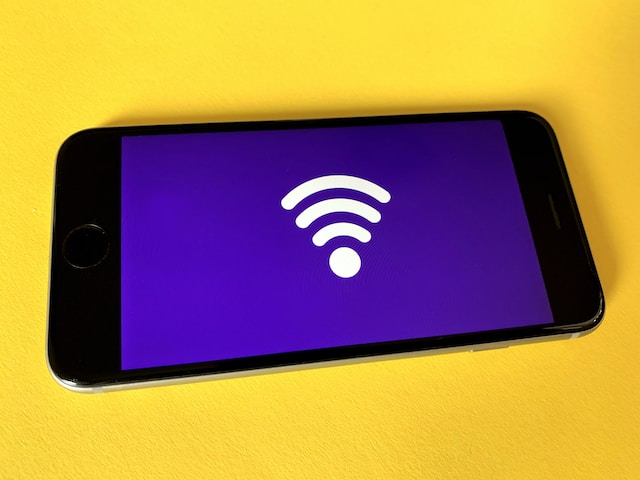
When you just start studying, it’s natural to stick to the fundamentals. But you might be reading your textbook over and over for no reason. What do you do if you can’t remember anything from the information you’ve just read? It’s time to adopt a new studying strategy.
Be it a fresh time management technique or an approach to taking notes, these will take some stress off your shoulders, transforming your studying habits for the better.
The SQ3R Method
The SQ3R method might sound like something from sci-fi movies. Yet, a special reading comprehension technique for students empowers their usual textbook studies. This approach lets them pin down essential facts and remember the most important data. SQ3R stands for the five steps you take to follow this method:
- Survey. Switch your usual textbook approach, and don’t read all the text. Instead, take notes of headings, subheadings, anything in bold or cursive, and visual elements like illustrations and graphs.
- Question. After each chapter, come up with relevant questions. Ask yourself if you understood the topic and how the content relates to the general subject you’re currently studying.
- Read. Read all the information you need to remember for the test. Find answers to the questions you previously came up with.
- Recite. Make summaries for each chapter you’ve read. Add the most important elements to your summaries.
- Review. When you finish one chapter, take a look at your notes. Find a correspondence and review them.
Digital Tools
Although good time management and study approach are important, digital tools like basic grammar checkers and cybersecurity tools like VPNs can significantly boost a student’s productivity.
While VPNs were first introduced for remote workers, this technology is now widely used for other purposes. Students can use a VPN to remote access research materials hidden from them, such as books and essays open to a certain area or group of people, and bypass restrictions installed by your school or university, like social media.
But how does one choose a VPN suitable for a student? The best VPNs have a few advantages. For example, they have an array of countries to choose from when you look through servers. They will also apply to all of your devices, working the same on them all. The VPN of your choice should encrypt your data and have a zero-logs policy, too.
To select your perfect provider, it’s best to check user reviews, testimonials, and user-made guides. This way, you can understand whether the provider you bat an eye on will meet your needs. If you want to evaluate your options further, another source is Reddit’s VPN comparison table.
Essay checkers are also available for students online and will promote their writing style in a few minutes. Most of the time, they check the text for grammar and punctuation mistakes, possible typing errors, inaccuracies, and other problems you might miss when proofreading a long piece of text.
This software can paraphrase the sentences and give you synonyms for the words repeated in the essay. Grammar checkers improve the clarity of the text while helping students catch minuscule issues.
Retrieval Practice
Retrieval practice doesn’t just mean you’ll remember the information needed; it also means you’ll promote your long-term memory as you’re writing the text down. Try implementing the retrieval practice into your study routine in these ways:
- Come up with questions and quizzes similar to those your teacher gives out during tests. Link up with your classmates and motivate them to do the same, then exchange the questions.
- Create flashcards and practice your knowledge with them. Ensure you don’t flip the card immediately, but write down your answer before checking the right variant.
Mind Mapping
Visual learners can try mind mapping, a method that lets you organize all information in a neat visual pattern. Its structure is similar to how our brain remembers things, so it will boost your ability to visualize and understand information. Here are the main steps to mind mapping:
- Write the main topic of your test and highlight it in one color;
- Connect relevant ideas to the main topic using arrows or lines;
- Write out everything you associate with the main topic and highlight it as your respectful lower-tier ideas;
- Add anything else you feel is needed on the map. Use various shapes, colors, and textures.
Concluding Thoughts
Every student knows how stressful it is to get ready for a new test. Yet, with a new study technique and additional tips and tricks, you can have the best of both worlds: minimize your stress and get the best grades.











